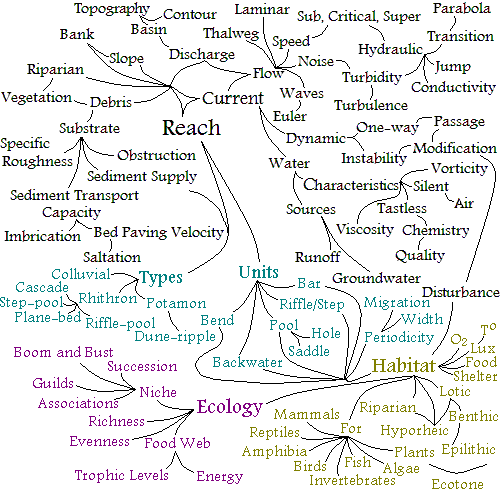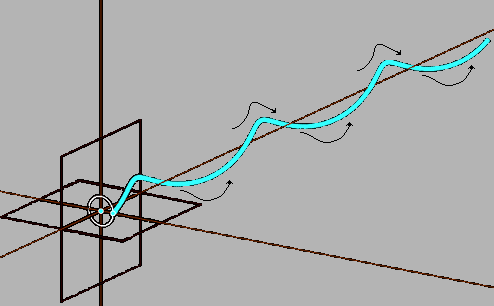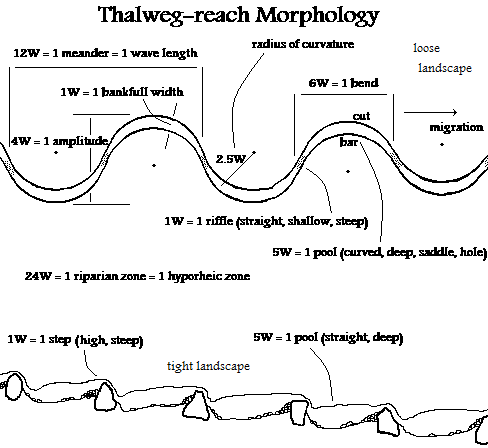Goodbye International Year of Youth
Today is International Youth Day, the last day of International Year of Youth. Both are a special celebration of youth, our future and childhood, all of which are deserving of endless recognition. As teachers, and some of us as parents, we are keenly aware of the value, potential and capacity of youth. We celebrate youth every day and every year.
In North America, the school year will resume in a couple of weeks. We are all busy preparing ourselves and our classes for our students. We are eager to get started and perhaps even a bit nervous to do so (stage fright is so exhilarating).
Update: Due to the fact that I am not an organization arranging a celebration of youth related events, I do not have permission to display the UN International Year of Youth logo. So, I have exchanged my image for a link to the logo. Please select the link to see the logo.
International Year of Youth (logo) © 2011
UN DSPD | more info (via: UN)
The International Year of Youth logo depicts a planet filled with colourful speech bubbles. The speech bubbles and the sense of community they convey symbolize the theme of the International Year of Youth: “Dialogue and Mutual Understanding”. The logo illustrates that the entire world can get involved in the International Year of Youth and can promote dialogue and mutual understanding. The words “International Year of Youth” appear below the logo together with date of the Year (August 2010 – 2011) and the slogan for the Year “Our Year. Our Voice”. [The slogan was chosen by the global youth themselves.]Refer to UN Observances for other official international UN events.
Just because the International Year of Youth is ending, doesn’t mean we shouldn’t keep youth in mind. In fact, with the last couple of weeks of Summer still ahead of us, now is a perfect time to think about outdoor science, whether we engage in it now or in September. And what better field camp or trip to transition out of Summer and into school with than to study the local creek or river.
 01-06-10 I’ll Still Say That You Shone Brighter Than Anyone ~ Explored Front Page : ) © 2010
01-06-10 I’ll Still Say That You Shone Brighter Than Anyone ~ Explored Front Page : ) © 2010Bethan | more info (via: CompFight)
Multi-disciplinary science
Stream science is multi-disciplinary. It involves problem solving in hydrology, geology, geohydrology, geomorphology, chemistry, ecology, physiology, animal behaviour, lux physics, physics, mathematics, art, sonology and civil, environmental and restoration engineering in a simple, concrete, measurable, authentic and holistic setting.
Students use levels, flow meters, D-frames, drift nets, bio-samplers, measuring tape, surveying equipment, sketch supplies, still and video cameras, sound recorders and computers to conduct various experiments to measure, inventory and analyze the morphology and ecology of streams. Not only do they explore the characteristics of streams and stream ecosystems, they use cool tools in authentic situations. If the stream needs restoration or habitat maintenance, the activities the students do aid the community as well.
Streams are defined by mostly one-direction flow (of water, substrate, energy, organic matter, chemistry/water quality, biota, riparian and hyporheic character, and stream morphology) and ecosystem instability (dynamic disturbance). They are dynamic systems, and students generally only get to visit a snapshot of these ecosystems.
Some stream topics are:
 Stream Science © 2011 Shawn Urban | more info (via: stefras)
Stream Science © 2011 Shawn Urban | more info (via: stefras)
Here I will discuss only some mathematical aspects of streams to illustrate the interdisciplinary nature of stream study.
The math in stream morphology
This section corresponds to the blue ‘Units’ and ‘Types’ sections of the concept web above.
Streams are periodic in shape, though the shape of the stream and length of the periodicity change with time and location. This shape or stream morphology is determined by landscape features and stream discharge, the volume of water that passes across a cross-section of a stream within a certain time. The greater the discharge, the more drastic its effect (e.g, a 100-year flood is actually a measure of volume, not frequency). The predominant discharge is bankfull discharge, a discharge that fills a channel from bank to bank. Due to its predominance, bankfull discharge literally carves the stream channel.
 Loopy © 2009 jayRaz | more info (via: FlickrStorm)
Loopy © 2009 jayRaz | more info (via: FlickrStorm)
To understand how bankfull discharge carves the channel, one must understand the nature of unconstricted currents. Streams roll in three dimensional Euler loops as they flow. We see this helical structure in currents in the atmosphere and ocean. On land, the landscape constrains these loops. Different stream structures or types form as the Euler current is embedded onto different landscapes and substrates.
 Thalweg Roll © 2011 Shawn Urban | more info (via: stefras)
Thalweg Roll © 2011 Shawn Urban | more info (via: stefras)
Nonetheless, there is a predictable underlying base pattern to stream morphology. I will present only the mid- or reach-scale morphology, leaving the stream-long and micro- or substrate-scale morphologies to the students to research and study. Reach morphology is determined by bankfull width, which is proportional to bankfull discharge. The following diagram illustrates this morphology, opening a whole new insight into streams that most students never before notice. Equally inspirational hydraulic patterns are waiting to be discovered at other scales of stream morphology.
 Math of the Meander © 2011 Shawn Urban | more info (via: stefras)
Math of the Meander © 2011 Shawn Urban | more info (via: stefras)
The reach morphology of the stream cycles downstream with changing periodicity and structure in response to changes in the landscape and substrate the stream cuts through. In addition, bankfull width changes as the stream encounters different obstacles and constrictions. So, though the ideal stream form is predictable, the actual morphology of any stream is dynamic. The form also migrates downstream as the stream erodes and deposits bed and bank substrate.
Stream and riparian landscape and ecology are strongly influenced by stream morphology, hydraulics and hydrology. In addition, like the landscape, biota influence stream morphology.
All this makes stream science a truly interdisciplinary study and a great way to transition students out of summer and into school.
What do your community and you do to help students embrace the last two weeks of summer?
Follow @stefras
